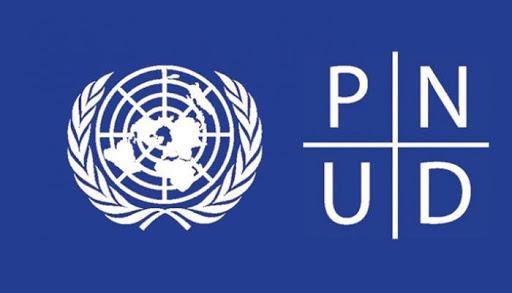During the virtual presentation of the report: Proposal for a Multidimensional Poverty Index (MPI) focused on Women, Muschett stressed that without instruments to know how women face poverty, it will be difficult to report the progress committed to Sustainable Development Goal (SDG) number one.
The Director of the Oxford Human Development and Poverty Initiative Sabina Alkire said that it is not just a matter of measuring poverty, but of creating a public policy tool to reduce this social evil.
The MPI ideal version is structured around five dimensions: Health and violence, Education and access to ICTs, Labor, Housing and access to basic services, and Economic rights and participation.
In this regard, UNDP proposes three strategies in the multidimensional measurement of poverty: the integration of gender-sensitive indicators in the existing MPI and a specific one for women; and analysis from this perspective.
These are possible proposals to be applied to global, regional, national and local contexts, explains the report presented on October 10.
Among conclusions of the text is that multidimensional poverty among women is greater in rural areas in 10 countries and in five countries the MPI feminization is greater than income poverty.
The text highly recommends that to guarantee the inclusion of an intergenerational and intersectional approach in the measurement of poverty dimensions there are important variables to take into account to.
Guarantee the disaggregation of data such as age, ethnicity, disability status, geographic area, gender identity, sexual orientation, religion, migration status, nationality, income level, maternity, age of dependents.
Other important elements related to time use, violence, and sexual and reproductive health are fundamental and relevant in the analysis of poverty among women.
pll/rgh/tdd










